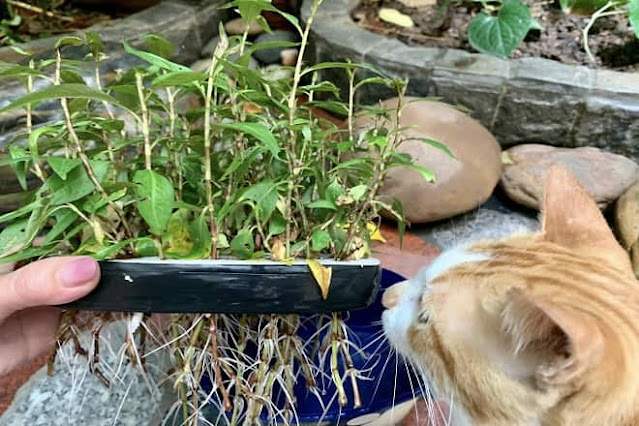
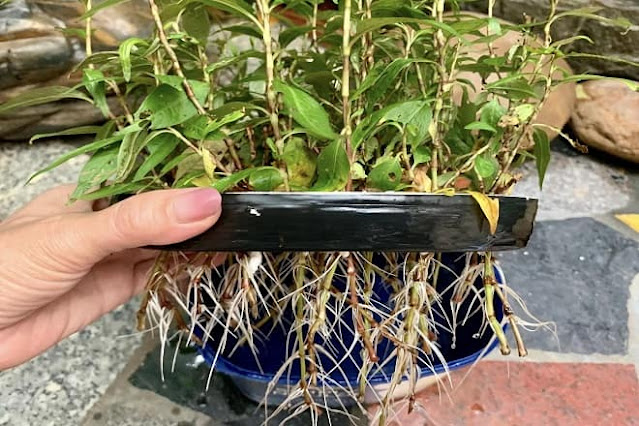
Use trays, pots, foam boxes, or large plastic bottles. Reuse old items to save costs, especially if you live in a rural area.
Ensure the pots have drainage holes to prevent waterlogging. Although Vietnamese coriander prefers moisture, it must not be waterlogged.
Soil: Mix 50% soil, 30% worm castings, 20% coconut coir or dry rice husks, and a bit of sand if possible. Preparing the soil about a week in advance improves its quality.
Choose cuttings: Select thick, healthy cuttings from the lower part of the plant.
Choose cuttings that are mature, healthy, and about 15 cm long with 5-6 nodes.
Insert the cuttings directly into the prepared soil. Ensure the cuttings are buried about 2/3 of their length (i.e., 10 cm in the soil and 5 cm above the surface).
Space the cuttings 10 cm apart to allow for optimal growth, as Vietnamese coriander is a creeping plant.
Firm the soil around the cuttings, keep them upright, and water lightly.
Place the pot in a shaded area for 10 days to allow the cuttings to develop roots and new leaves.
Get a plastic container with a lid, such as an old ice cream box. Also, gather some mature, thick cuttings of Vietnamese coriander. It's best to get these from a friend rather than buying them from the market, as market cuttings are often refrigerated and hard to grow.
Punch small holes in the lid of the container, just big enough for the cuttings.
Fill the container halfway with water. Insert the cuttings through the holes in the lid and close it.
Place the container in a shaded area.
Check the water level every few days and add more if necessary. Avoid overfilling to prevent waterlogging and rotting.
After about 3 weeks, you can start harvesting the Vietnamese coriander.
Soak the seeds in water at a ratio of "2 parts hot water to 3 parts cold" overnight, then rinse them thoroughly. After that, wrap the seeds in a damp cloth and let them germinate for 24 hours.
Prepare the soil as described for cuttings and sow the seeds.
Water lightly to keep the soil moist and place it in a shaded area for 7-10 days.
Once the seeds have germinated and the seedlings are large enough, move them to a sunnier spot.
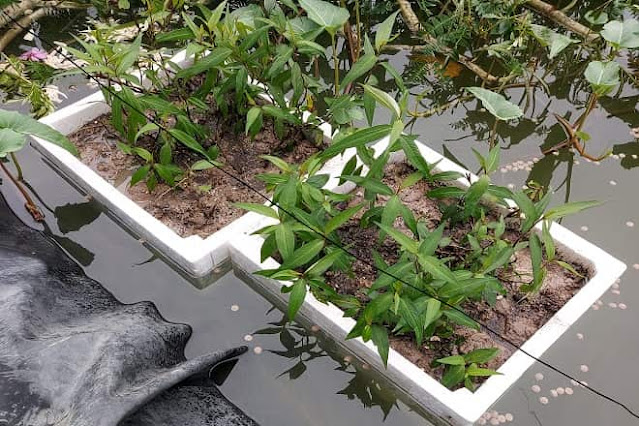
After about 10 days of planting, when the plants start growing new leaves and roots, fertilize with cow manure, goat manure, or worm castings. Fertilize every 2 weeks.
Vietnamese coriander needs regular watering, so keep the soil consistently moist.
Common pests include caterpillars and mealybugs. You can find additional tips for dealing with pests online.
When harvesting, cut the longer leaves first. If you need to harvest extensively, cut close to the base, leaving about 5 cm so new shoots can grow.
Continue fertilizing as described above after each harvest.
Ý kiến bạn đọc
Những tin mới hơn
Những tin cũ hơn
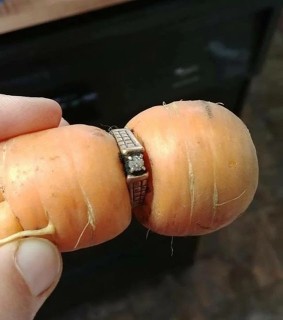 The most unique carrots in the world!
The most unique carrots in the world!
05.09.2024
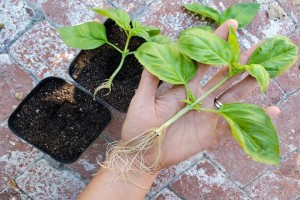 Guide to Propagating Basil Cuttings for Beginners
Guide to Propagating Basil Cuttings for Beginners
30.08.2024
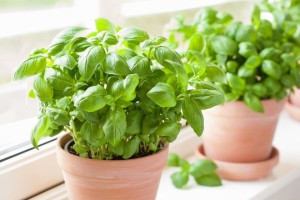 How to take care of basil plant indoors for Beginners
How to take care of basil plant indoors for Beginners
30.08.2024
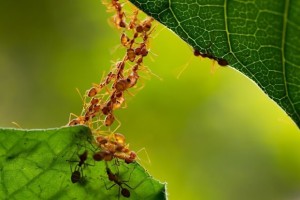 Interesting Facts About Ants
Interesting Facts About Ants
23.08.2024
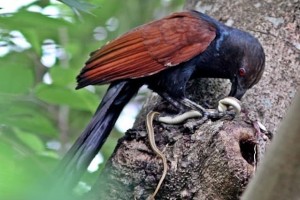 Coucal bird: Natural Enemy of Snakes
Coucal bird: Natural Enemy of Snakes
22.08.2024